In our discussion of the Four Gentleman Plants, one remains – plum blossoms. They are elected leader of the top 10 flowers in China, and they are appreciated for their fragrance and elegance, not to mention their unyielding personality – they bloom most beautifully in the harsh winters. To trace its history, the plum blossoms have been planted in China for over 3000 years, loved for both the flowers and the fruits. The plums were in fact one of the most essential ingredients in cooking, because during that period to spice food properly using the right available tastes were extremely difficult.
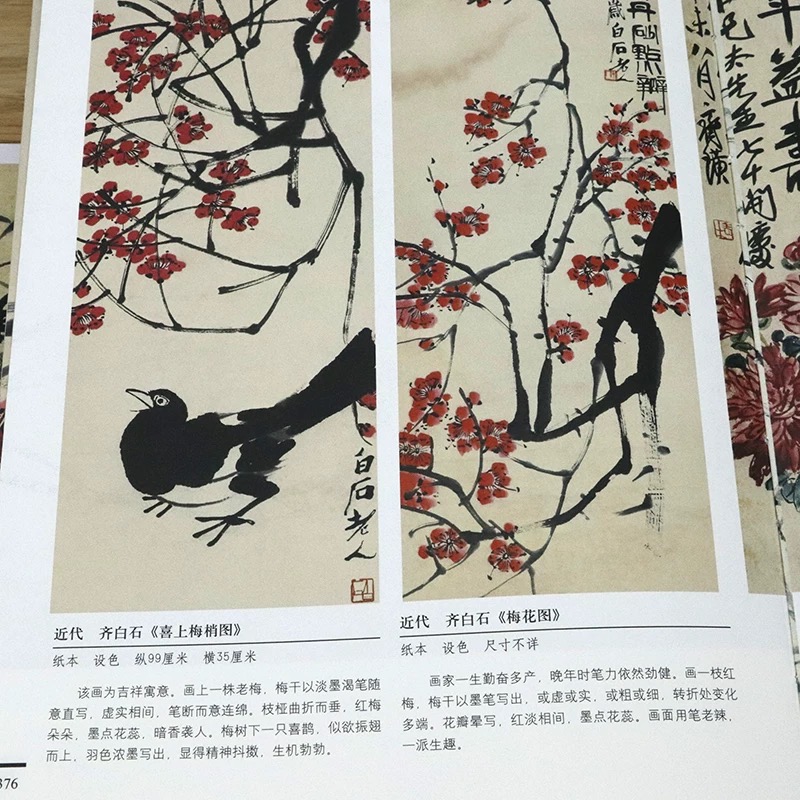
The appreciation of the plum blossoms could be traced as far as early Han Dynasty (202BC-220). The urban planning involved plum trees to decorate the cities, where the white wild ones and the pink ones were especially popular.
During the Sui, Tang and Five Dynasties (518-963), over the span of half a century the plum blossoms evolved into an artistic treat. They were planted to be appreciated, and the name “艺梅” (artistic plum blossom) came into being. From then on we also started to associate these flowers with temples, because in the yards of temples such artistic plum trees were best kept – some even survived until today! The Tang Dynasty was particularly recognized for breeding the red plum blossoms that we all love so much.
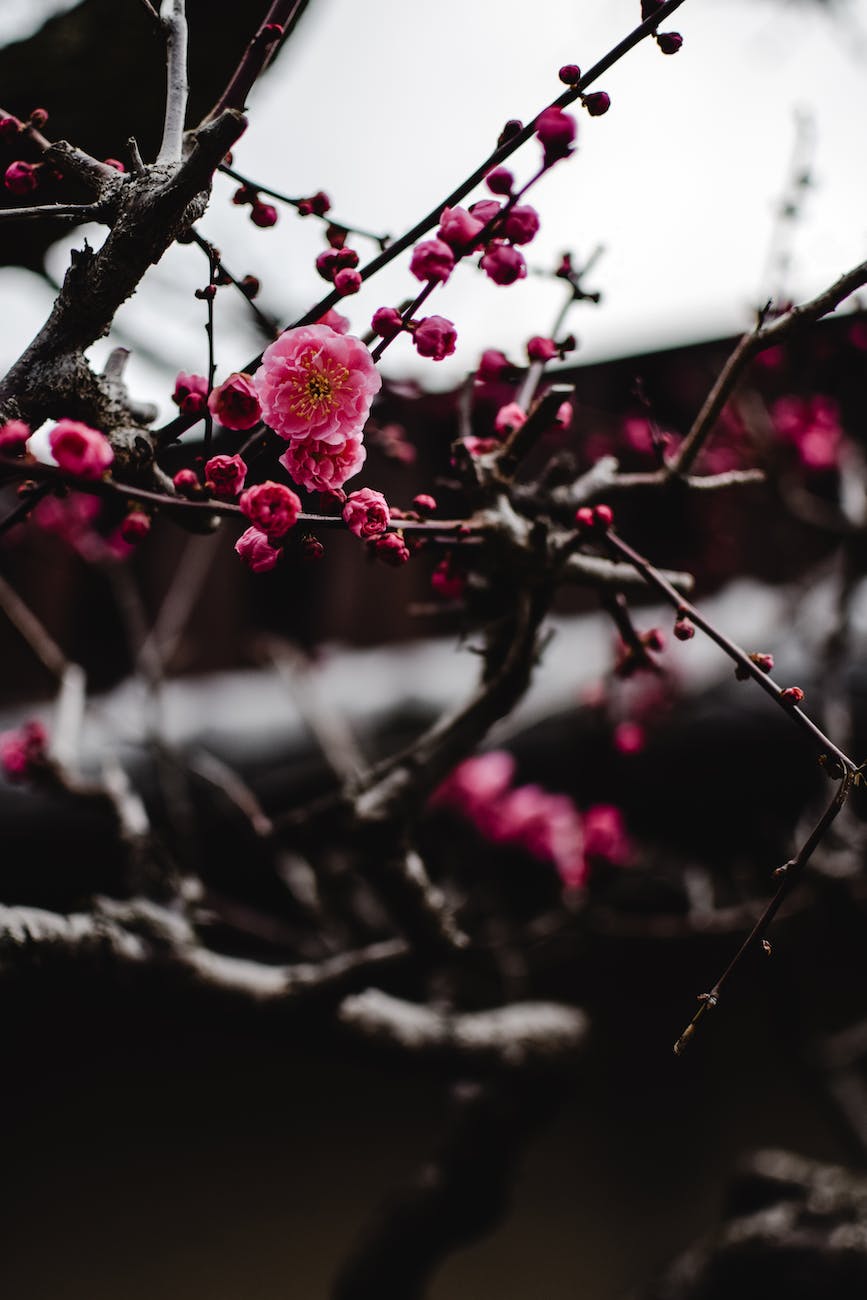
In the very artistic Song Dynasty (960-1279) the breeding techniques of the artistic plum trees improved drastically. There were even dedicated books that discussed the plum species and the techniques in planting. Besides the gardening need, the artistic people would never let such beauty go without being recorded in thousands of paintings! Books about plum blossom painting were written and the rules and techniques still influence us deeply today.
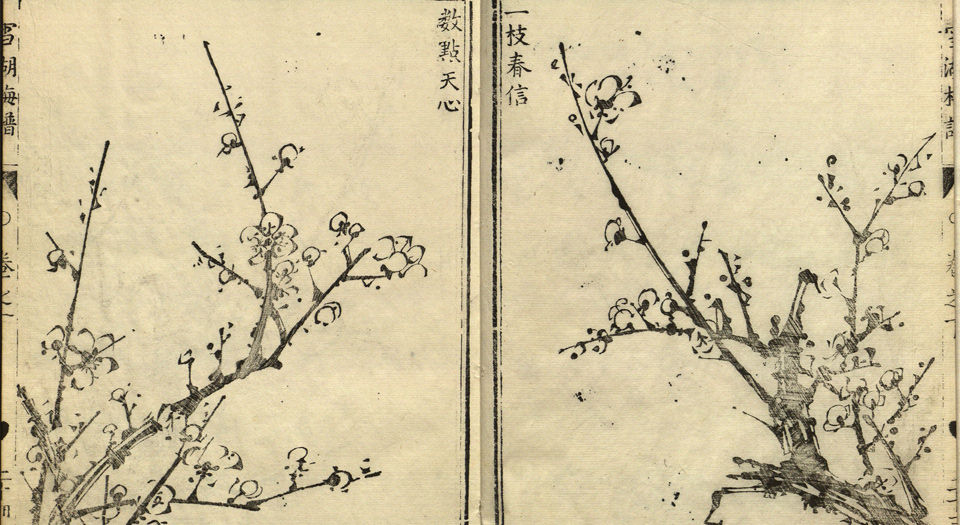
The Yuan Dynasty and the following Ming and Qing Dynasties continued in their love of plum blossoms, and more and more painting manuals, gardening manuals were written, the improved technologies in painting as well as in gardening facilitated such publication. Among the numerous artists, Wang Mian from the Yuan Dynasty in particular was historically known for his passion toward plum blossoms. He not only painted these flowers, but also wrote many poems to praise them. His most famous poetry would be “Ink Plum Blossoms”, and let us attempt to translate it.

In the pond where I wash my brush and ink-stone and look up,
the plum blossoms above appears to bear pale-ink marks.
People praised how delicate these beauties are,
but the blossoms only cared to leave in the world their fragrance all about.
Our Books
-
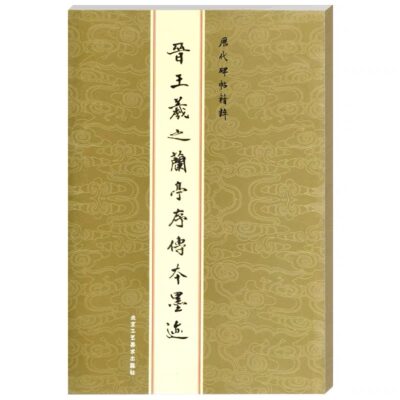 Calligraphy Manual, Cursive Script
Calligraphy Manual, Cursive Script -
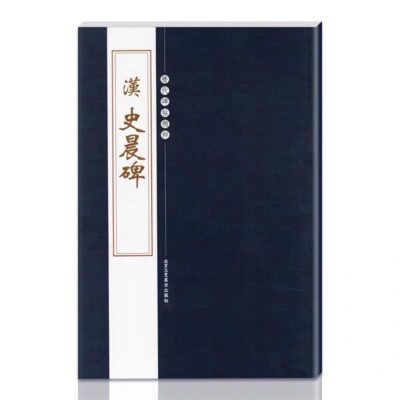 Calligraphy Manual, Official Script
Calligraphy Manual, Official Script -
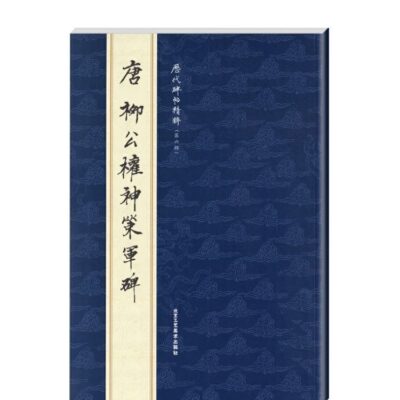 Calligraphy Manual, Regular Script
Calligraphy Manual, Regular Script -
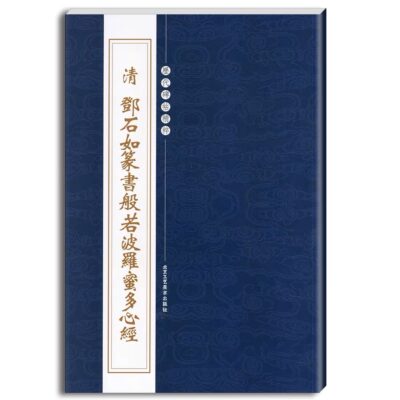 Calligraphy Manual, Seal Script
Calligraphy Manual, Seal Script -
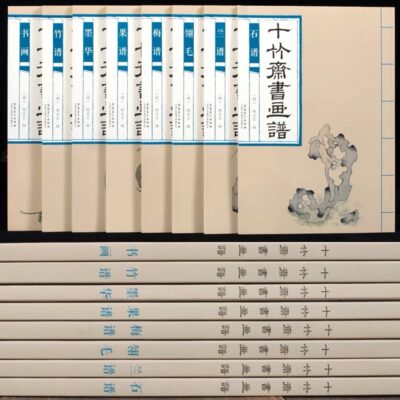 Classic Painting Manual, Shi Zhu Zhai (Set of 8)
Classic Painting Manual, Shi Zhu Zhai (Set of 8) -
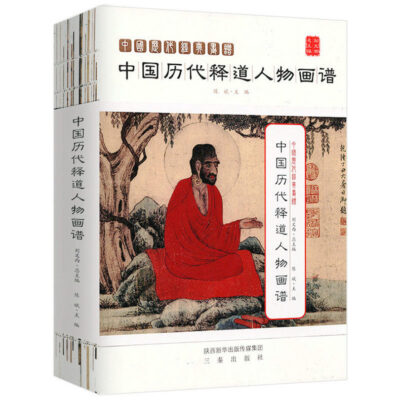 Collection of Classic Painting, Buddhism & Taoism Figures
Collection of Classic Painting, Buddhism & Taoism Figures -
 Collection of Classic Painting, Female Figures
Collection of Classic Painting, Female Figures -
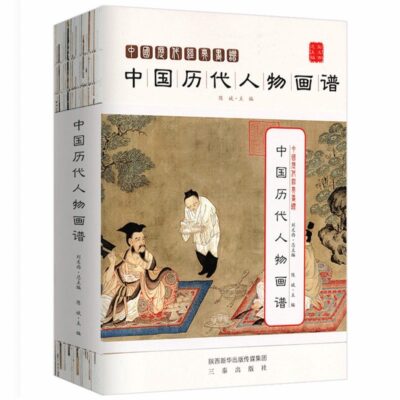 Collection of Classic Painting, Figures
Collection of Classic Painting, Figures -
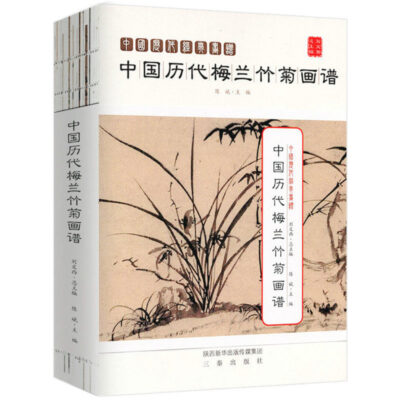 Collection of Classic Painting, Four Gentleman Flowers
Collection of Classic Painting, Four Gentleman Flowers -
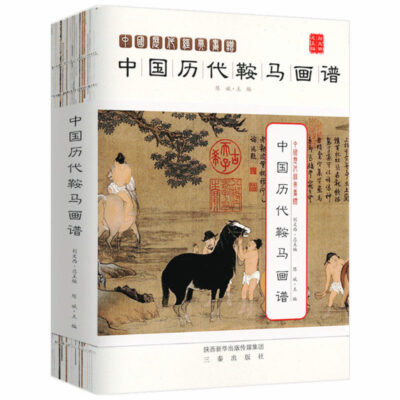 Collection of Classic Painting, Horses
Collection of Classic Painting, Horses -
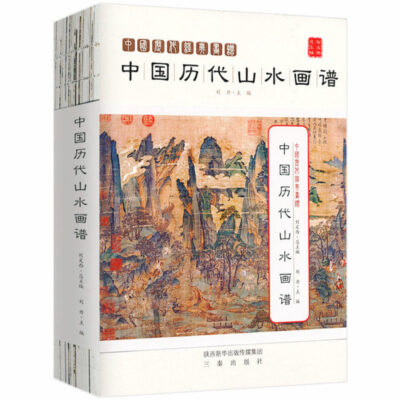 Collection of Classic Painting, Landscape
Collection of Classic Painting, Landscape -
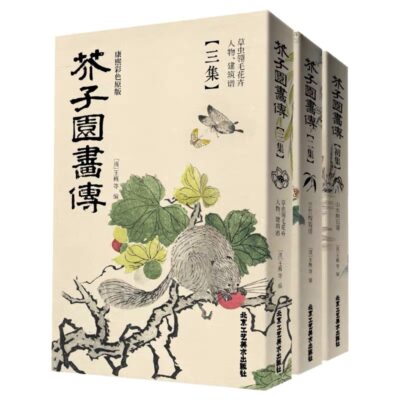 Colored Classic Painting Manual, Jie Zi Yuan
Colored Classic Painting Manual, Jie Zi Yuan -
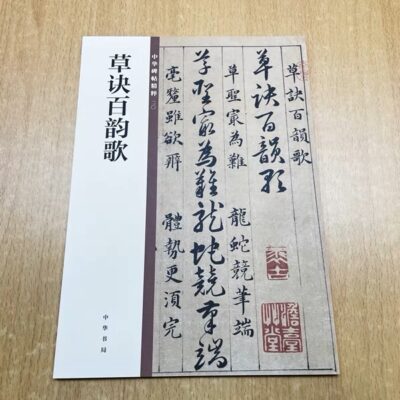 Cursive Script “Bible”
Cursive Script “Bible” -
 Flower & Bird Freehand Paintings by Great Masters
Flower & Bird Freehand Paintings by Great Masters -
 Flower & Bird Freehand Paintings by Wang Xue Tao
Flower & Bird Freehand Paintings by Wang Xue Tao -
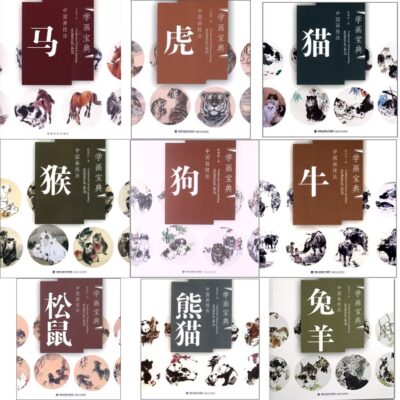 Freehand Painting – Beasts (set of 9)
Freehand Painting – Beasts (set of 9)
Buy Artworks | Learn Brush Painting | Learn Chinese Calligraphy
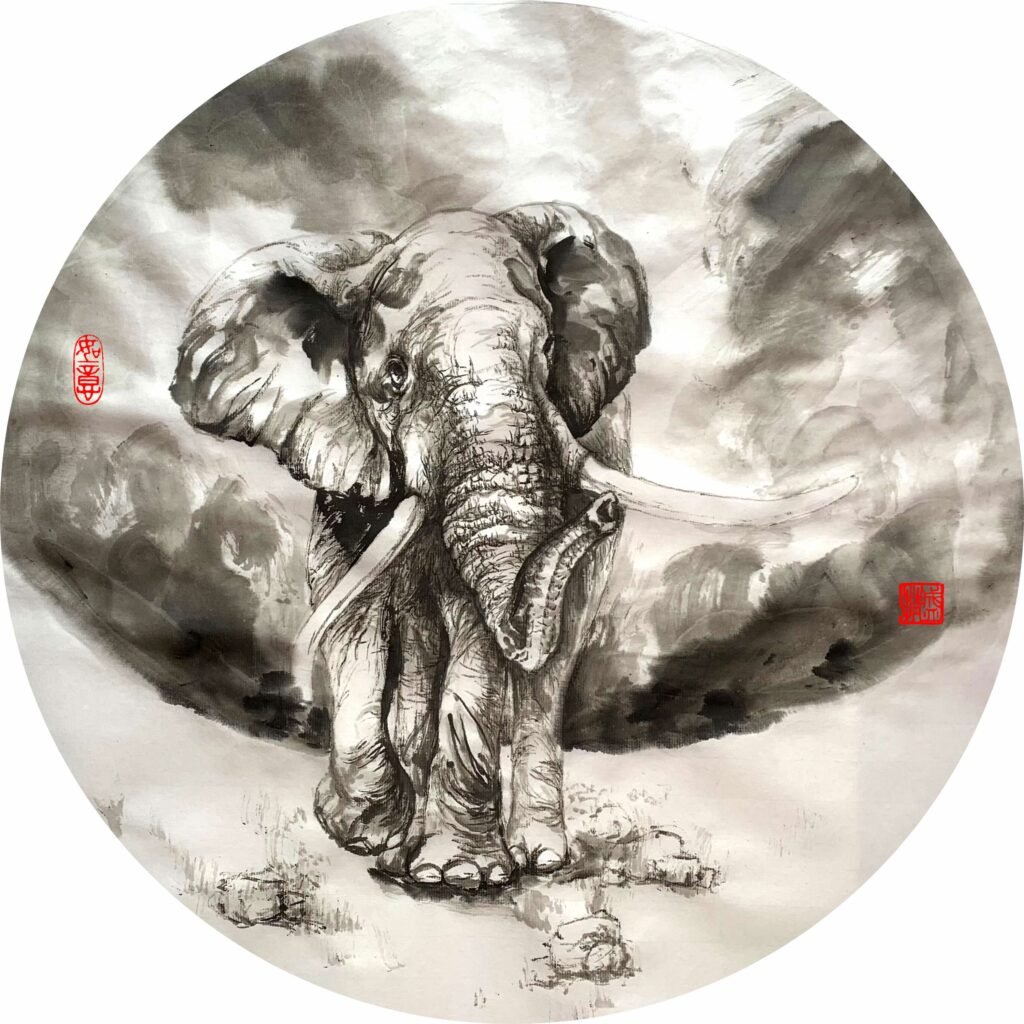
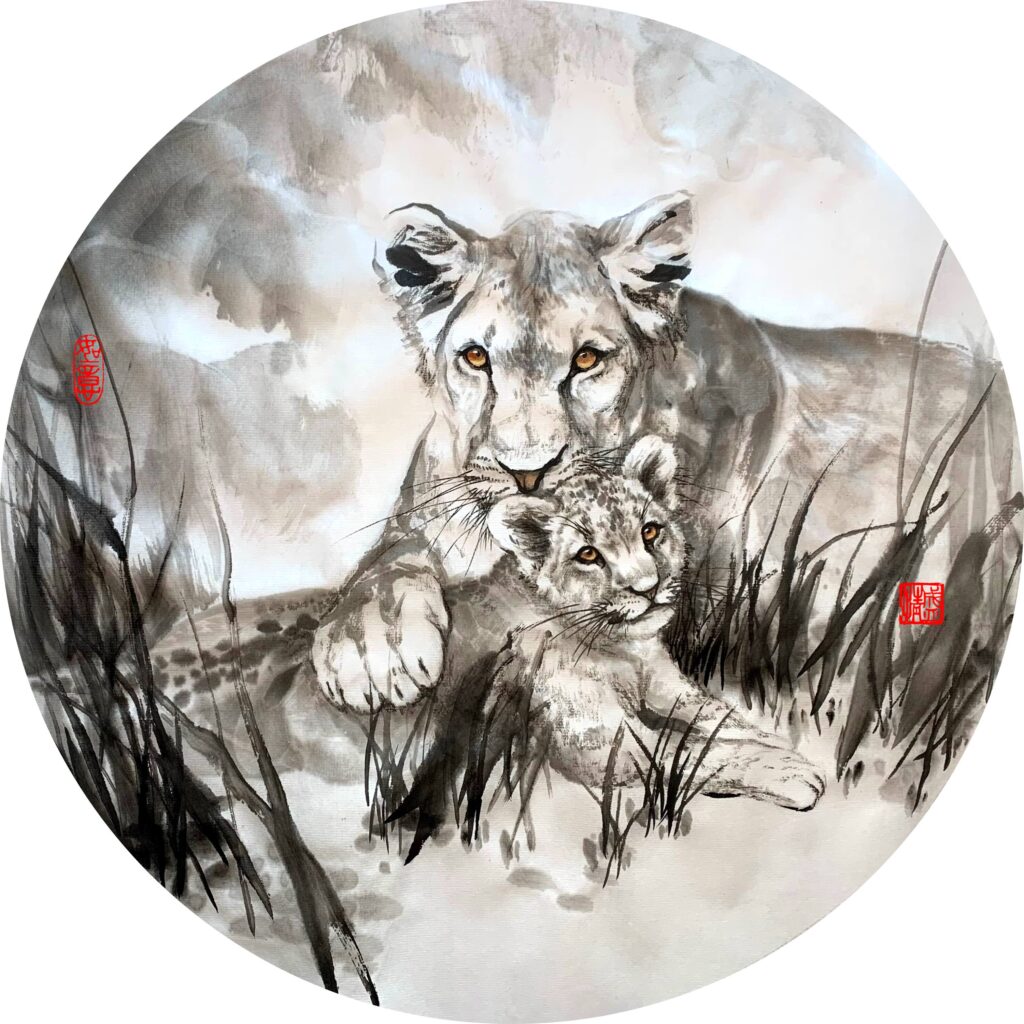
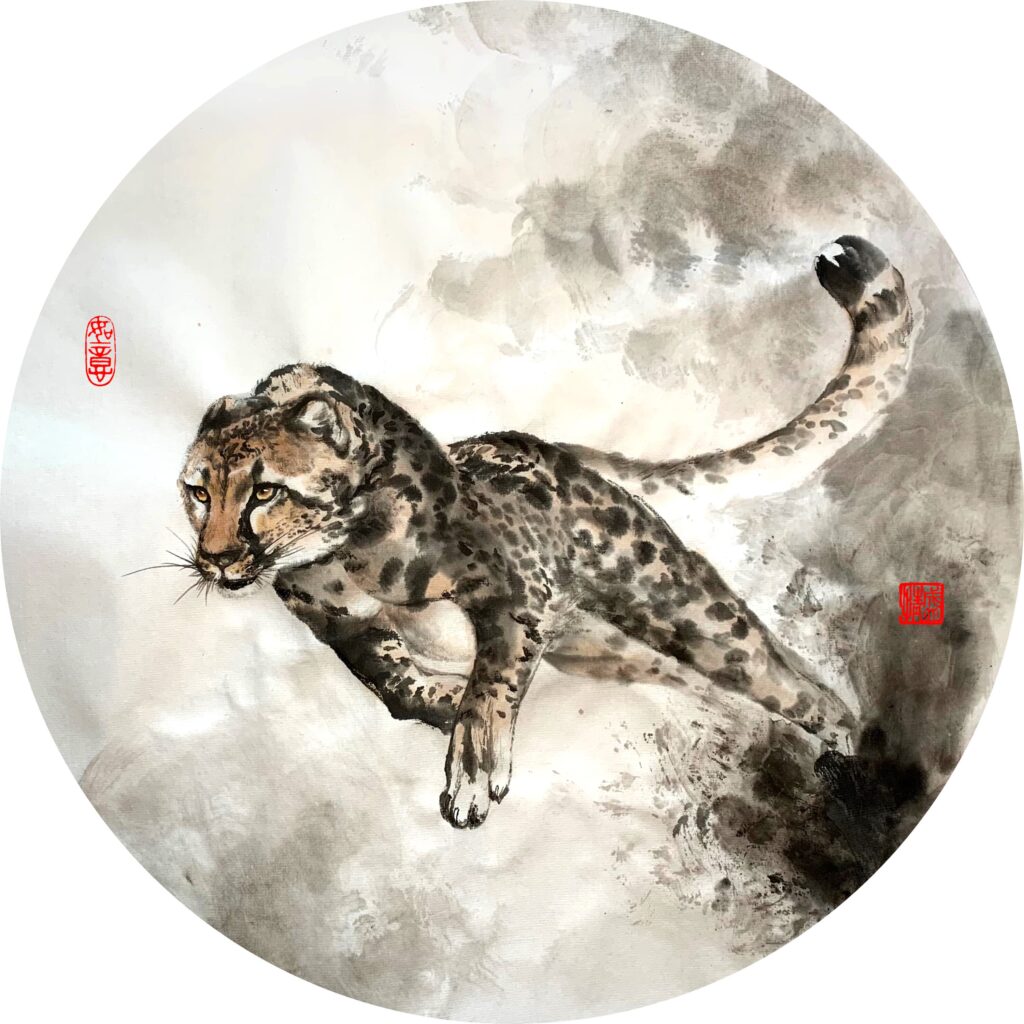
My brother recommended I might like this web site. He was totally right. This post actually made my day. You cann’t imagine just how much time I had spent for this information! Thanks!
You are so welcome, and please do let me know if there are something specific that you are looking for, and I will see if I can help! 🙂